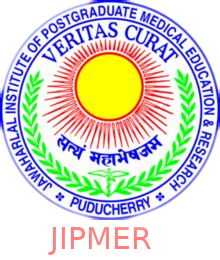
Digital Biomedical Signals and Signal Processing - An Introduction
Raja Selvaraj
Introduction, Analog versus Digital signals
Biomedical signals are part of our daily work
- ECG
- EGMs
- Echo
- CAG
Analog signals
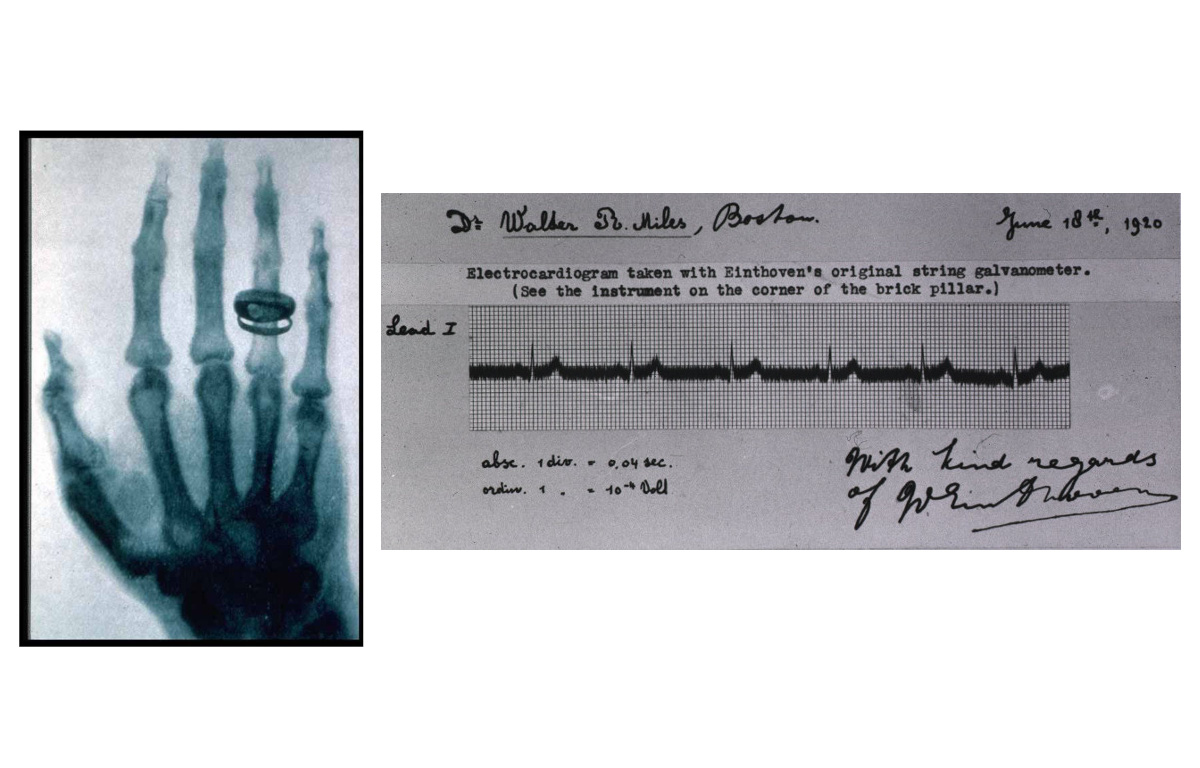
Photo from film camera

Sound stored on grooves in Vinyl record
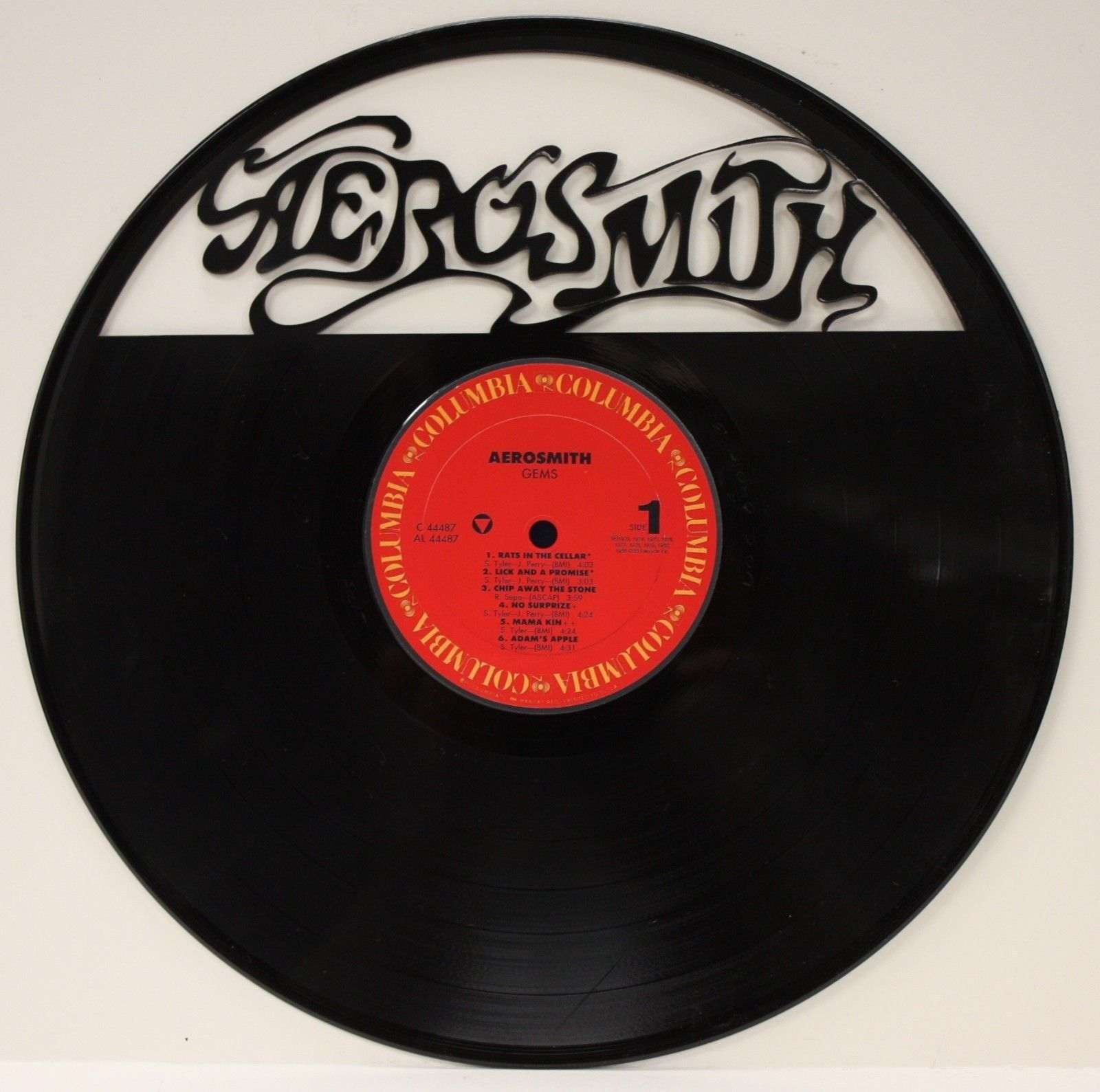
Analog signal - zooming in
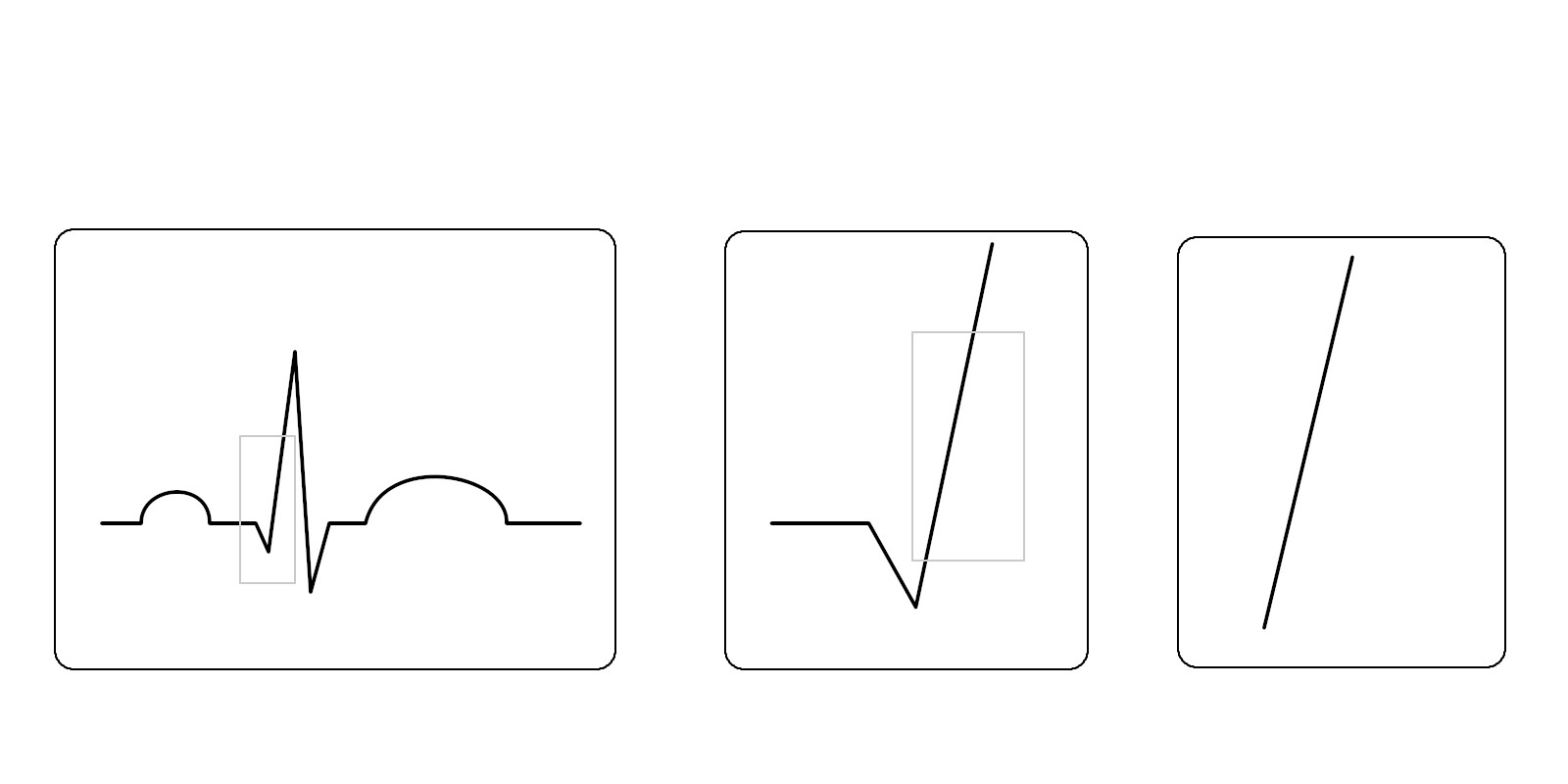
Digital signals
- ECG today
- X-ray in PACS
- Angiogram
Digital photo

Music CD

Digital signal - zooming in
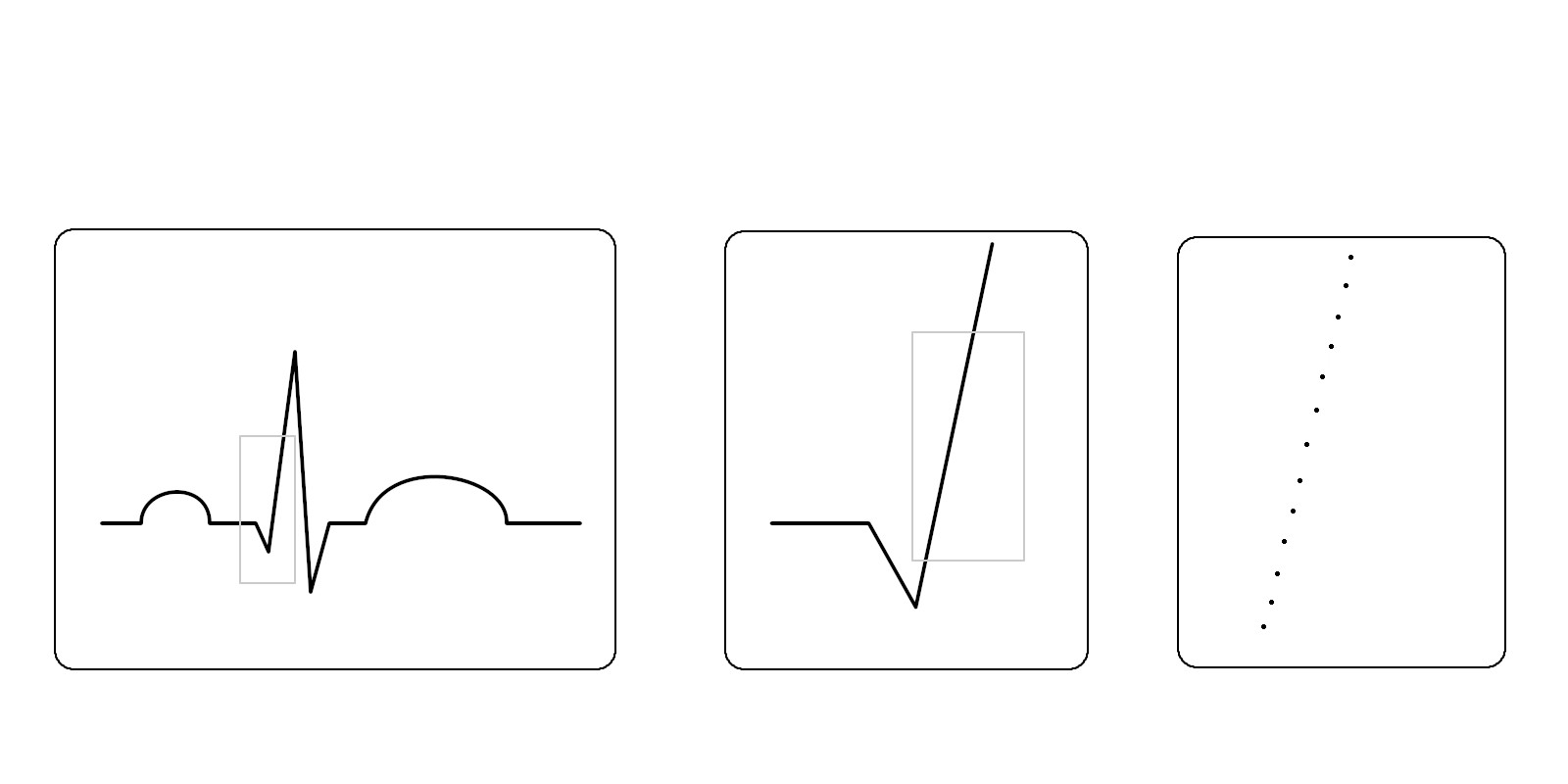
Analog vs Digital
- Analog - record of signal directly to a recording medium
- Digital - signal converted to bits - stored / displayed / printed
- Analog has higher resolution
- But practically limited by the recording medium
- Digital easier to store and reproduce
- Digital can be manipulated easier
Analog to digital conversion
Sampling rate

Heart rate 60 bpm (1 beat / sec), measured HR with sampling at 1 Hz
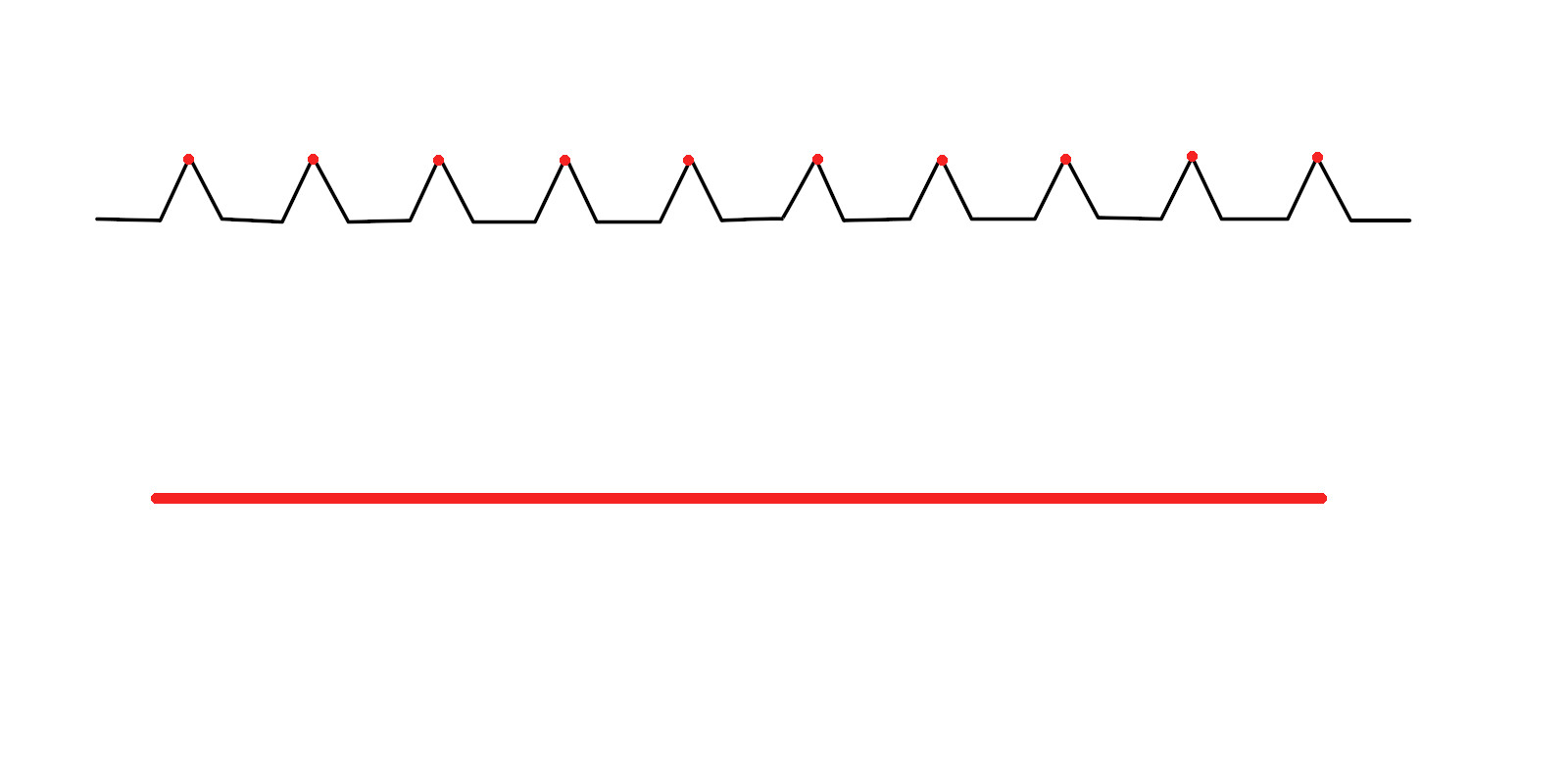
Heart rate 60 bpm (1 beat / sec), measured HR with sampling at 1.25 Hz
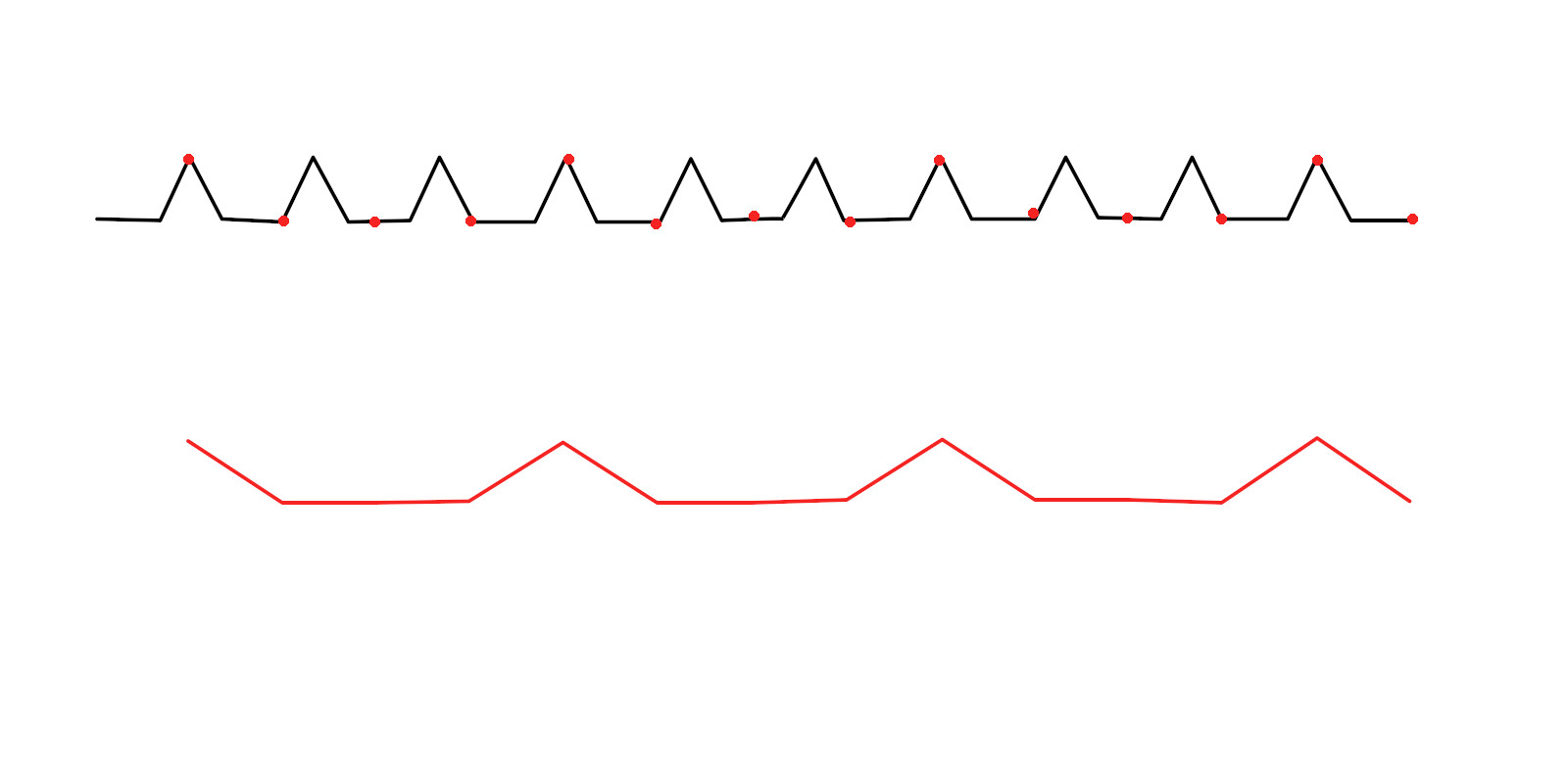
Heart rate 60 bpm (1 beat / sec), measured HR with sampling at 2 Hz
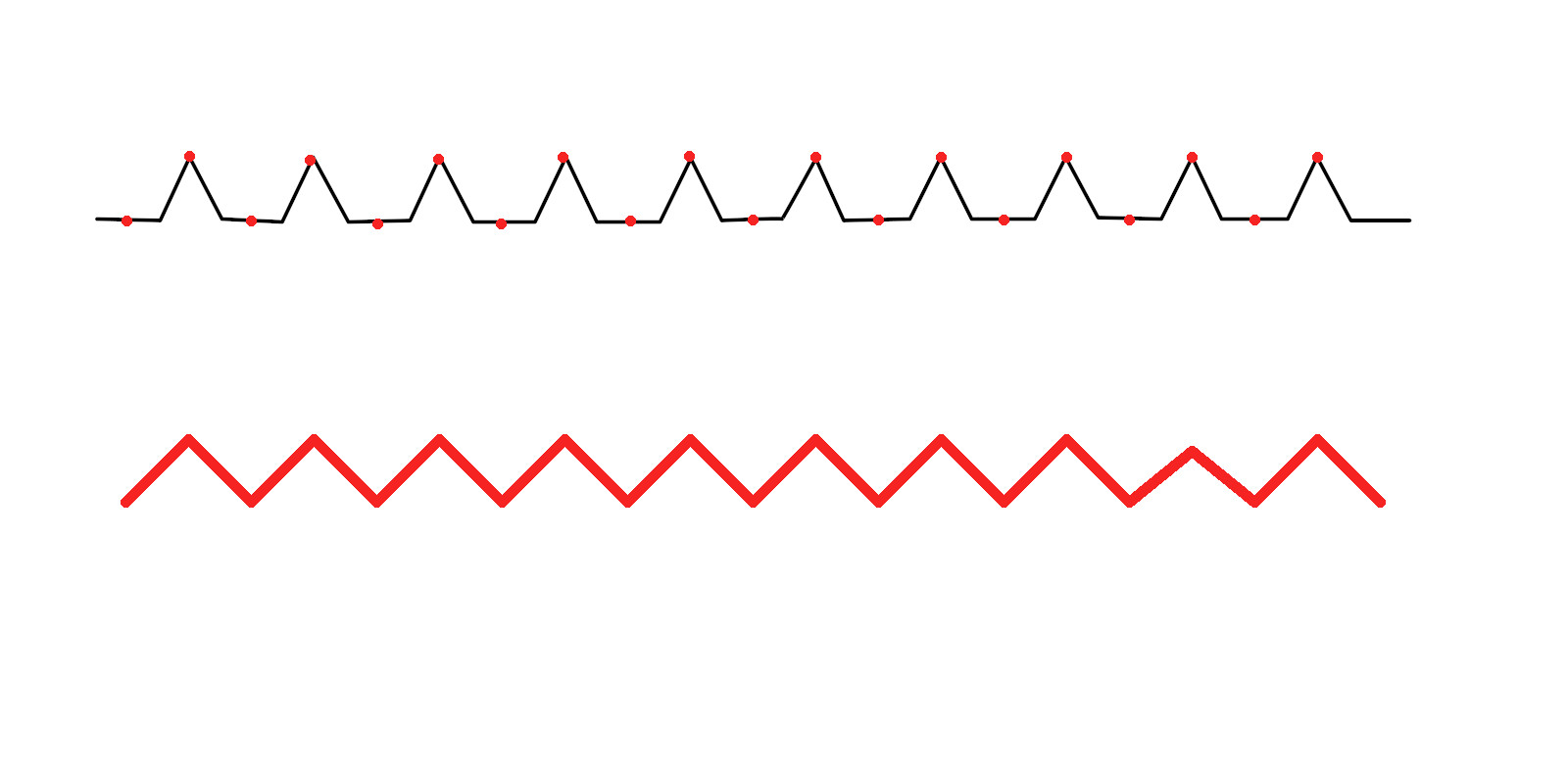
Adequate sampling
- Sampling frequency should at least be twice that of frequency of interest
- Higher frequencies than that sampled may show aliasing
Amplitude and Bit resolution

Bit resolution, LSB and A/D conversion
- ECG conversion
- 12 bits, voltage range -5mV to 5mV
- 10,000 microV / 2 ** 12
- LSB = 2.44 microV
Display of signals - Time Domain vs Frequency domain
Prescription - Time domain
- Monday 8am - Metoprolol 25 mg
- Monday 8pm - Metoprolol 25 mg
- Monday 9pm - Omeprazole 20 mg
- Tuesday 8am - Metoprolol 25 mg
- Tuesday 8pm - Metoprolol 25 mg
- Tuesday 9pm - Omeprazole 20 mg
Prescription - Frequency domain
- Metoprolol 25 mg BID (starting 8 am)
- Omeprazole 20 mg OD (starting 9 pm)
HRV - Frequency domain
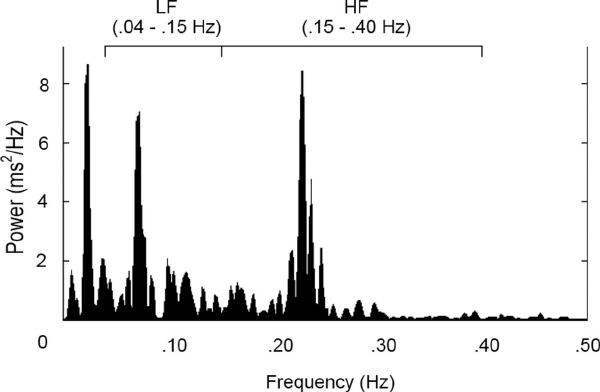
Time to frequency domain

Fourier transform
- Fourier transform
- Discrete Fourier transform
- Fast Fourier transform
Microvolt TWA
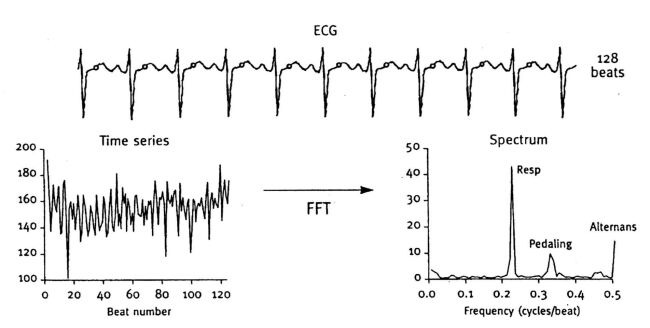
Storage / export
Binary format
- bit - 0 / 1
- 8 bits = 1 byte
- 1024 bytes = 1 kilobyte (KB)
- 1024 kilobytes = 1 megabyte (MB)
More compact storage
- Single ECG lead
- 10 seconds
- 1000 Hz
- 12 bits
- Will need 15 kb
Text format
- CSV
- XML
Larger size
- Same single lead
- 50 kb
Binary vs ASCII
- Binary smaller
- Faster to read
- But format needs to be known
- Often proprietary
- ASCII human readable
- Slight slower to read and larger
- FDA recommends XML for ECG
Signal processing
Filter
- Reducing signal amplitude in selected frequencies
- Time domain (moving average)
- Frequency domain
Frequency domain filter
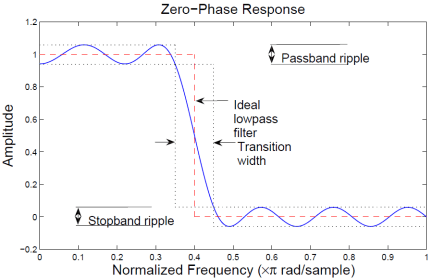
Filters
- Low pass
- High pass
- Bandpass
- Notch
- Bidirectional filter to avoid ringing artifact
Differentiation
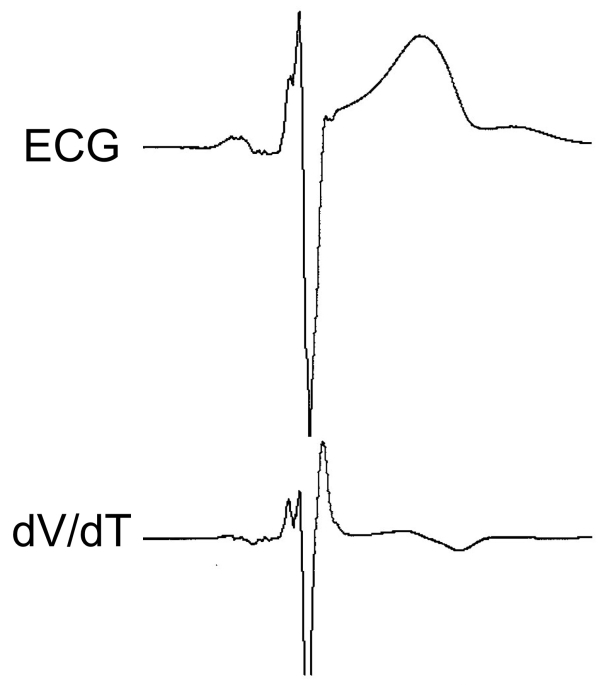
Averaging
- Beat detection (QRS)
- Mean / Median of multiple beats
- Increases signal to noise ratio
Average beat
